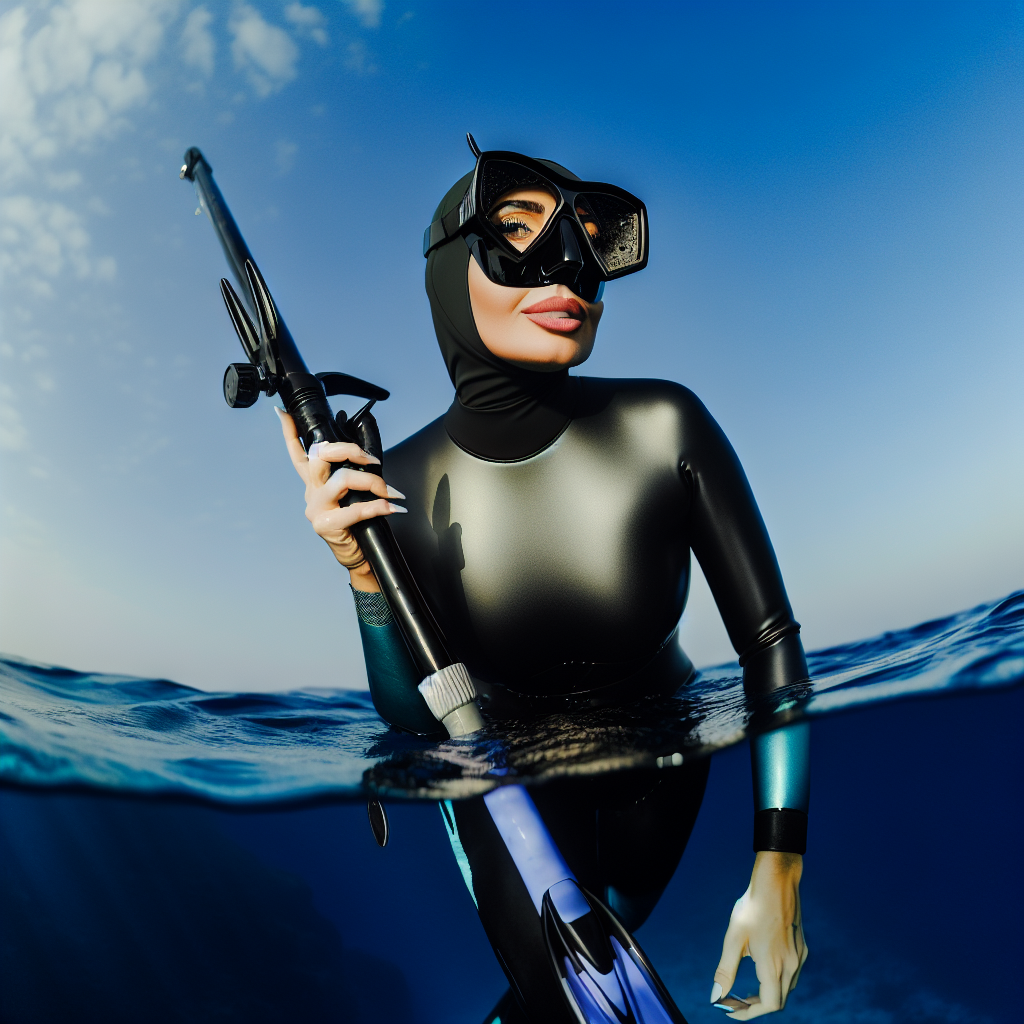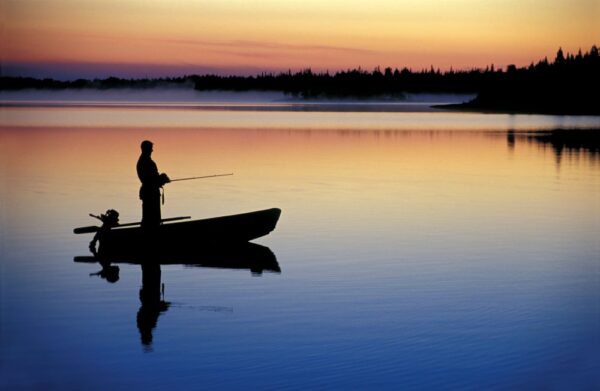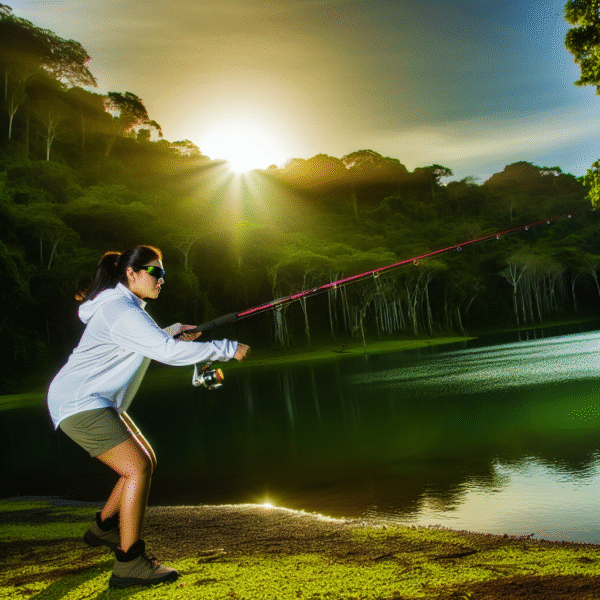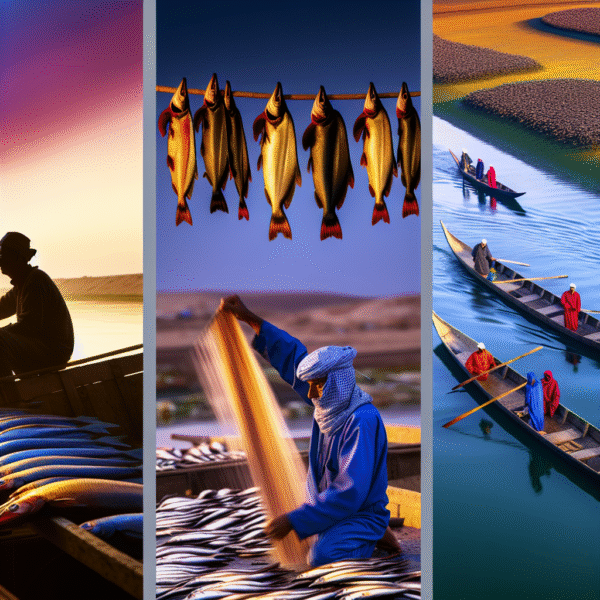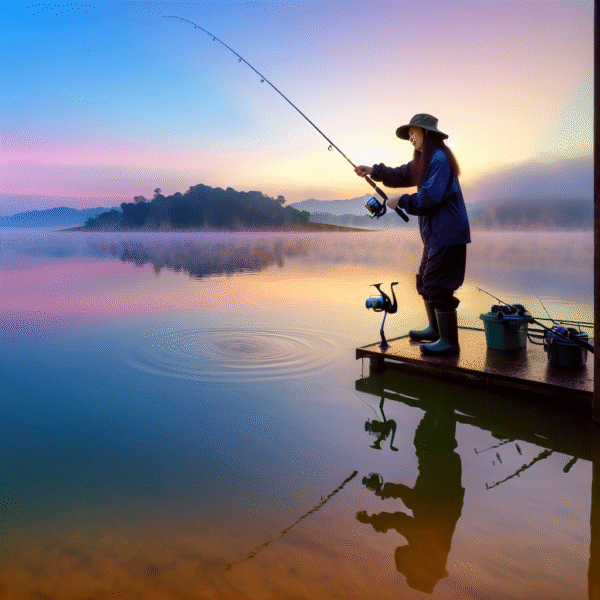Spearfishing basics are more than just the foundation of an exciting sport—they’re a connection to time-honored practices that span generations and cultures. From Polynesian islanders wielding hand-carved spears to Mediterranean divers descending with simple tools, this underwater tradition blends survival, skill, and sustainability. Today, as interest grows among eco-conscious travelers and adventurous families, learning the essentials of spearfishing offers a unique blend of action, education, and ocean stewardship.
If you’re exploring Hawaii’s lava-lined shores, California’s kelp forests, or the vibrant shallows of the Florida Keys, mastering spearfishing basics ensures a safer, more rewarding dive. Let this guide help you navigate essential gear, step-by-step techniques, and sustainable habits—plus local tips to make the most of every dive.
Essential Spearfishing Gear for Beginners
Your spearfishing basics journey starts with selecting the right equipment. The right gear boosts safety, comfort, and success underwater. Here’s what every beginner should pack:
- Speargun or Pole Spear: For newcomers, a pole spear is user-friendly and perfect for shallow reef dives. Spearguns provide more range and power for deeper water and larger fish.
- Mask, Snorkel, and Fins: Choose a snug, low-volume mask for better equalization. A dry-top snorkel helps conserve energy, while long-blade fins offer efficient propulsion with less effort.
- Wetsuit: Based on water temperature, wetsuits offer thermal protection and shield against cuts and stings. Camouflage styles can even help you blend in with the reef.
- Weight Belt: Proper buoyancy control allows you to dive and stay submerged effortlessly, especially in saltwater environments.
- Gloves and Dive Knife: Gloves protect your hands while handling fish or rocky terrain. A dive knife is vital for emergencies—cutting lines or dispatching fish humanely.
- Float Line and Dive Flag: Tether your catch to a float to keep it away from your body and visible to boats. A dive flag is a legal requirement in many areas and enhances safety.
Pro Tip: Coastal spots like La Jolla Cove in California and John Pennekamp Coral Reef State Park in Florida offer gear rentals. This is ideal for travelers who want to explore spearfishing basics without investing in full equipment.
Key Spearfishing Techniques: Movement, Breathing, and Aim
Once your gear is set, focus on technique. Spearfishing basics require more than equipment—it’s about how you move, breathe, and interact with your surroundings. These core skills will elevate your underwater confidence:
- Breath Control: Proper apnea techniques enable longer dives and calmer movements. Practice slow breath-ups and gradually increase breath-hold times to improve performance.
- Silent Movement: Fish are easily spooked. Glide gently, reduce kicking noise, and stay low using coral or rocky outcrops as concealment while approaching your target.
- Ambush Approach: Drop down and wait in a concealed spot, allowing fish to swim toward you naturally. This passive approach is great for reef environments like those in the Caribbean.
- Accurate Shot Placement: Aim behind the gills or at the braincase for a fast, ethical harvest that minimizes suffering and preserves meat quality.
In places like Kona, Hawaii, beginner spearfishing clinics—such as those by Blue Water Hunter—offer hands-on instruction in safe, guided settings. It’s a fantastic way to learn spearfishing basics with family or friends.
Spearfishing Safety: Must-Know Tips Before You Dive
Safety is foundational to spearfishing basics. Whether diving solo (not advised) or with a group, adhering to key safety practices ensures a smooth experience.
Use the Buddy System: Always dive with a partner. Alternate dives and maintain visual contact. This setup allows immediate help during emergencies such as shallow-water blackouts or entanglement.
Check Ocean Conditions: Monitor swell size, currents, wind speed, and visibility. Use mobile tools like FishWeather and Windy.com, and review tidal charts before entering new waters.
Manage Marine Encounters: Speared fish can attract predators. Keep them on a float line away from your body. Especially in predator-prone areas like the Bahamas or Northern Australia, create distance between you and your catch.
Ensure Visibility: Always display a dive flag, especially near boat lanes. In popular zones like Catalina Island or Florida’s Gulf Coast, this flag is legally required and alerts nearby vessels of your presence.
Bonus Tip: Inquire about local dive regulations or required permits. Some regions mandate dive insurance or restrict certain gear types or target species.
Top Beginner-Friendly Spots to Practice Spearfishing Basics
New to spearfishing? These destinations combine abundant marine life, clear water, and welcoming local communities. They’re ideal for practicing spearfishing basics in safe and scenic settings:
- Kona, Big Island, Hawaii: Sheltered coves like Honaunau and Kealakekua Bay offer calm conditions and reef-rich shallows. Ideal for all ages, with expert guides available for day trips.
- La Jolla, San Diego: The local kelp forests house species like sheepshead and calico bass. Local spearo clubs provide mentorship and regular meets.
- Florida Keys: Key Largo and Islamorada are thriving hubs, perfect for snagging mangrove snapper or hogfish while learning safe, selective techniques.
- Bonaire, Caribbean Netherlands: While limited to invasive species like lionfish, it’s an excellent place for shore-access reef dives and controlled learning environments.
- Northland Coast, New Zealand: Pristine waters and a deeply rooted Māori fishing heritage make this a cultural and ecological standout. Great for intermediate skill-building with eco-certified local tours.
Local Tips to Elevate Your Spearfishing Basics
Want to go beyond the basics? These local insights turn an average dive into a memorable hunt:
- Lunar Timing: Fish activity often peaks around moon changes. In Fiji or French Polynesia, many locals dive during waxing or full moons for better luck and light.
- Know Your Species: Regulations vary widely. White sea bass in Baja are seasonal, while lionfish are unregulated invasives in many tropical zones. Understand the local ecosystem before targeting fish.
- Surface Support: Bring an inflatable kayak or SUP to carry gear, children, and snacks between dive sites. These are handy in family-friendly zones like Koh Tao, Thailand or Larnaca, Cyprus.
- Respect Protected Areas: Never dive in marine sanctuaries or restricted zones. Use apps like Navionics or iOverlander to scope legal access in advance and avoid fines or confrontation.
Spearfishing Basics: Cultivating Skill, Stewardship, and Adventure
Learning spearfishing basics is more than a sport—it’s an invitation to respect the ocean, understand marine ecosystems, and feed yourself through focused, ethical means. With minimal gear and growing experience, you can transform a swim into a sustainable harvest or an unforgettable family outing.
Ready to dive in? Whether you’re embarking solo for stillness among the kelp or rallying the family for a coastal bonding experience, mastering spearfishing basics opens new dimensions of travel and self-reliance beneath the waves.
